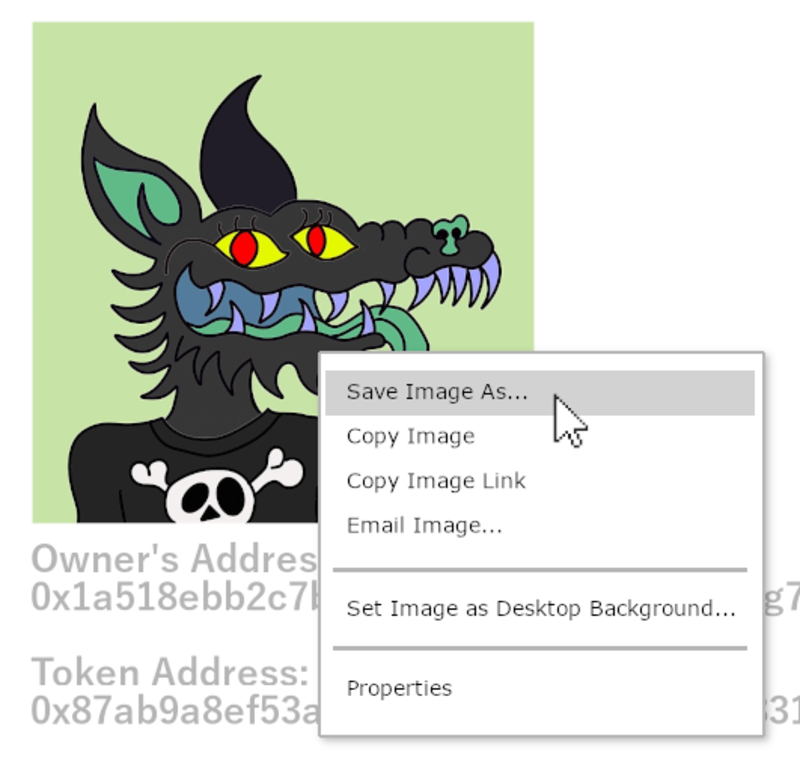Published on: 23/05/2022
NFT sales in decline, popularity at risk while scams on rise

NFTs are slowly, yet steadily, losing their touch these days. Despite fame boosters from well-known individuals, including celebrities Paris Hilton, Gwyneth Paltrow, and Serena Williams just to name a few, the seemingly unavoidable steep decline of the digital collectible items is looming near.
The introduction of NFTs set forth an entirely fresh take on ownership as well as the transaction process of digital items. Pictures, videos, gifs, and more can now be sold for millions of dollars with ease.
The “hyped industry”, as some people call it, was not received well. It Invited more confused faces than a warm welcome. The reason varied, from frequent scam attacks to the main principle underlying the technology resembling a lottery.
Problems with NFTs
The NFT industry is facing a significant slump this year. The most recent unfortunate event that showed the technology was at risk is the decline of its sales.
Such a trend has affected NFTs rather significantly. In an analysis report by Non-Fungible, the number of NFTs traded in the first quarter of 2022 declined almost 50 percent compared to the previous quarter.
Moreover, earlier this month, The Wall Street Journal also recently reported that the daily average of NFT sales dropped to 19,000 from September last year’s daily average count of 225,000. The number is growing now, but not in any way near to its peak of six digits.
On the other hand, online search interest in NFTs, according to Google Trends, has dropped to an all-time low of 89 percent earlier this month.
Despite more companies flocking in to invest and expand their businesses in the yet-to-mature NFT industry, the steep decline of NFTs has been apparent since last year. When Twitter co-founder Jack Dorsey’s first tweet was sold as an NFT at $2.5 million, the said digital item came to be priced less later and even failed to reach a bid of $14,000 in an auction.
Crypto critic Molly White argued that there were a number of reasons which could explain why the hyped industry was close to its doom, including reasons for its reputation this year being sub-par compared to the NFT boom in 2021.
“It could be a general decrease in hype, it could be fear of scams after so many high-profile ones, or it could be people tightening their belts,” White told AFP.
NFT scams
Scams are the next factor that contributes to the decline of NFTs. One of the biggest and most prominent cases of scam involved a gamified metaverse called Otherside. Otherside is the brainchild of a tech firm Yuga Labs, which is also known for its hit NFT collection, Bored Ape Yacht Club.
Yuga Labs’ fans lost millions following failed transactions of land purchases in Otherside in addition to fell victim to online scams.
Other than Otherside, there was also the case of online NFT marketplace OpenSea. The team behind the prominent exchange platform admitted that 80 percent of the NFTs created with OpenSea’s free tool were direct copies of other famous artworks, made without permission.
OpenSea’s rival LooksRare also suffered the same problem as its counterpart but more severely. CryptoSlam reported that 95 percent of the transactions made in LooksRare were fake.



